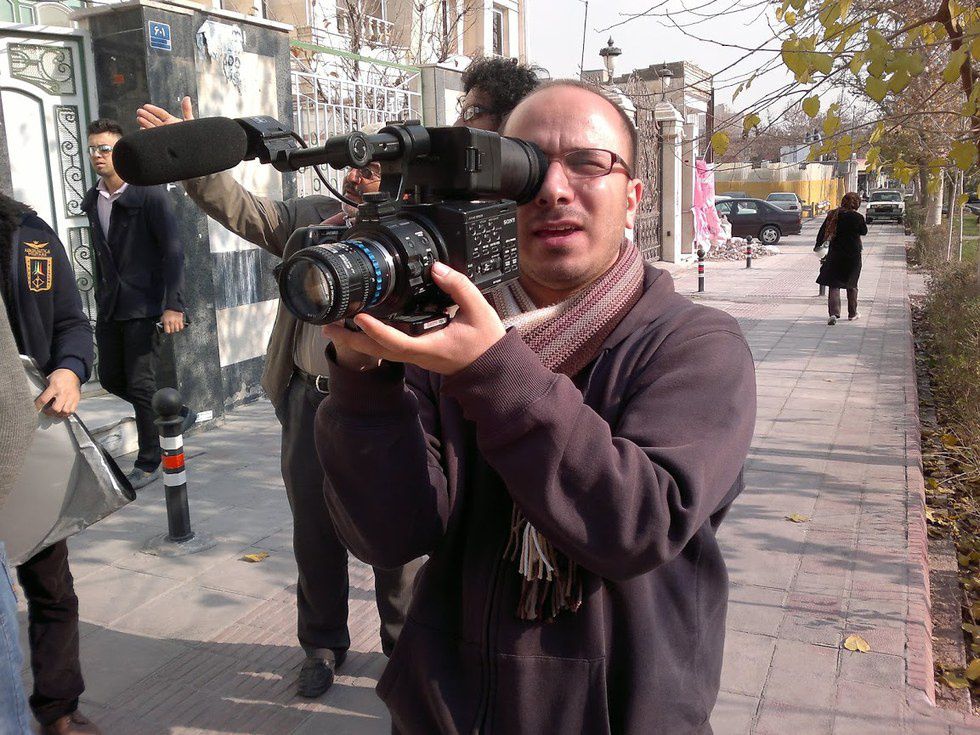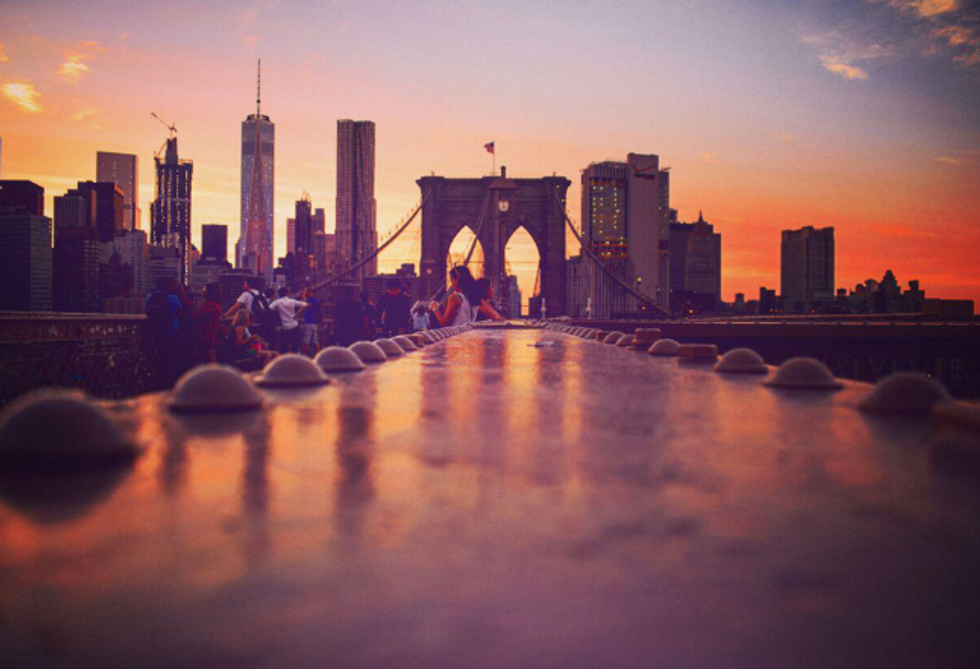"We can all have hope, we just need something to happen to change our minds." -Emad Tayefeh
From the outside, Emad Tayefeh, 31, looks like an average Iranian. Clad in sneakers, sweatpants and a polo, Tayefeh sat calmly in front of my Social Media classroom at Adelphi University on Thursday, September 22, 2016.
Less than three months ago, Tayefeh arrived in America after an almost two year long journey as a refugee from Iran. A director, activist, and animator, Tayefeh became interested in politics in his 20s.
"My parents taught me how everything was different in Europe and [in America], and I always questioned why."
In 2009, when Iranian President Mahmoud Ahmadinejad was re-elected, a man who had a history of corruption and disregard for human rights, Tayefeh and many others set to the streets to protest. This evolved into the Green Movement, which promoted peace and human rights with the slogan: "Where is my vote?"
When he began filming his documentary Public Enemies (2016) about what was happening around him, Iranian officials took notice and sent Tayefeh to Iranian prison six times -- twice in an official federal prison and four times in what he calls "secret prisons."
While he told us he could not disclose the worst thing that happened to him while he was imprisoned, he did recall a vivid memory:
"They took me to a room [blindfolded], and after 10 minutes walking, my parents were there. Before I entered the room they told me to say goodbye to my parents. They let me go there and I said goodbye to them."
His night didn't end there.
"They took me to another room, again, and put something on my eyes and told me to sit there in front of the wall on my knees. They brought some other people to the room -- four on my right and three on my left. They shot all of them in the head or on the body, and they opened my eyes and told me to watch. After that, they forced me to wash their bodies and put them in coffins."
Tayefeh was 24 at the time. When many would've given up and abandoned whatever cause put them there, Tayefeh kept focus on his documentary and devotion to the Green movement.
After the Iranian government's knowledge of his documentary increased, Tayefeh made the decision to flee. Via encrypted messages, he was told by some Americans that they could help him escape. They told him to come to Turkey where there is a U.S. Embassy. He had to go north, on foot or by hitchhiking from Tehran. Tayefeh was blacklisted by the Iranian government, so if he took public transportation they would know where he was. After hiding in a jungle, in a cottage for two months, he walked/hitchhiked for four months until he got to the Turkish border. Crossing the border brought Tayefeh to the U.S. Embassy, and he settled in Istanbul. After living there for almost a year, he arrived in the United States.
Currently, Tayefeh lives in the Upper East Side of New York City. While he's only been here for a few months, he's taken the city by storm with his camera, shooting beautiful images of the Brooklyn Bridge and skyscrapers.
And he's still filmmaking. A few years ago, he produced a short film, Omid Hope. The film features a young boy, Omid, which is Persian for "Hope." No one can see Omid at first, except for the young and sick children in the hospital, but he's still here. Omid is next to the young man as he looks for jobs. Omid is next to the older man who is dying. Omid is next to the young girl as she studies. Omid is the feeling of hope that we all have inside of ourselves and we need to acknowledge.
After he finishes the documentary that brought him to the U.S., Public Enemies (2016), Tayefeh plans to continue animating and work on a film with Joan L. Schimke, the department chair of the School of Communications at Adelphi University.
"The best thing I can tell [young filmmakers] is to watch and see life," Tayefeh told me. "Don't look for money or to be famous in the film industry, look for art and everything after."
You can watch Tayefeh's short film, Omid Hope (2015) here:
And you can watch the trailer for Public Enemies (2016) here:
Want to see more of Tayefeh's work? Check out his website.
























